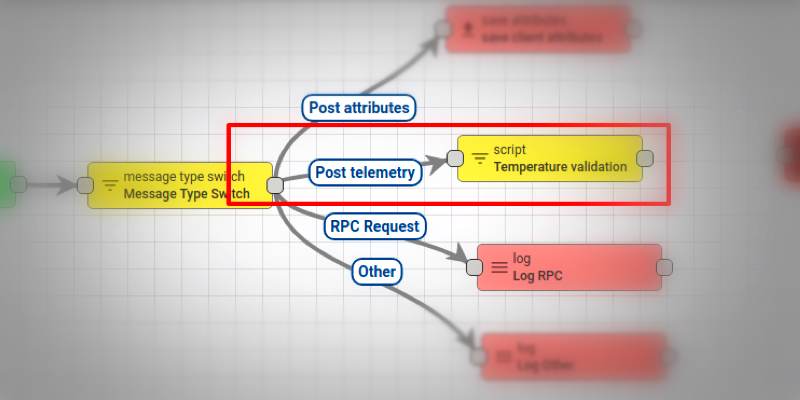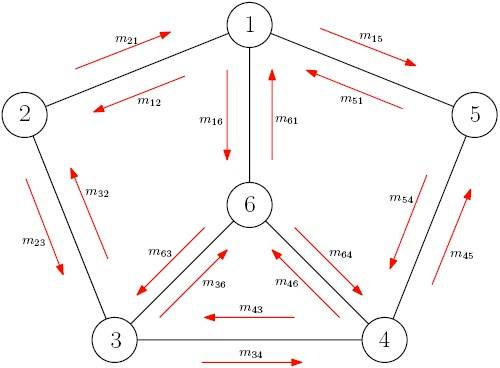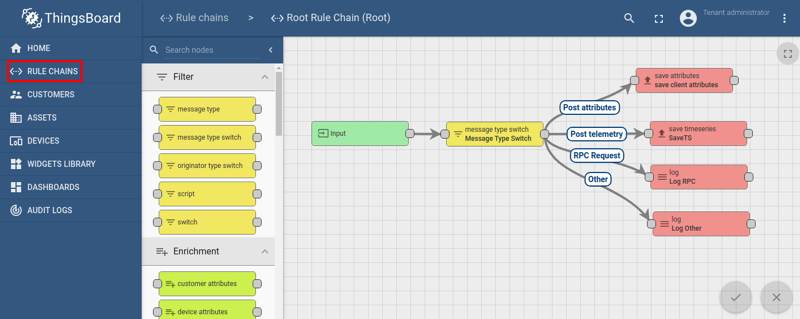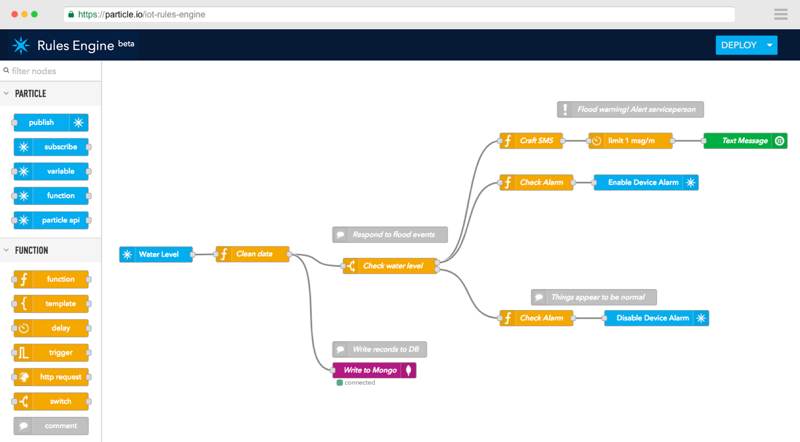
If you’re setting up a complex Internet of Things project, automating the right things the right way is key. If you’re just buying an off-the-shelf product, this part is often taken care of.
What if you’re building your own project or chaining together various pieces for something more complex? That’s where a rules engine can come in handy.
What Is a Rules Engine?
Essentially, a rules engine is a system that applies a series of decisions to determine how to react to a certain situation or what to do with a piece of data. It helps you model complex logic in an easy way. It basically lets you do the kind of things you’d normally need to write code for without being a programmer.

There are different types of rules engines for different types of problems. Each offers its own set of functionality, but many of them do similar things in different ways.
Some of the basic ones are Flow Processing Engines, which basically model a flow chart. Yahoo Pipes is an example of this. Another example is a Decision Tree, which works somewhat similarly, but can be more fractured. Essentially, it’s a flow chart without the flow.
How Is a Rules Engine Useful for IoT?
If you’re looking to take information from sensors and do something based on that data, a rules engine is a great choice. It’s a good way to add logic without having to write code.
On the other hand, you can use a rules engine alongside code for something that needs its logic adjusted from time to time. One example would be powering a smart home. You may have used a different number of sensors and slightly different logic depending on the home in question.
What IoT Platforms Offer Rules Engines?
There are a fair number of IoT platforms that include rules engines. This gives you the benefit of a rules engine without having to bolt one on to an existing platform.

Thingsboard is a popular open-source IoT platform that includes a rules engine. This lets you create or clear alarms based on certain conditions, send emails when certain events occur, validate data, and several other things.
Particle describes itself as the “only all-in-one IoT platform on the market.” Its built-in rules engine is based on Node-RED which uses the Flow Processing Engine model. It works with the Google Cloud Platform, Microsoft Azure, Salesforce, and more.

Waylay isn’t quite an IoT platform but instead is described as a “cloud-to-cloud data orchestration platform for the Internet of Things.” It’s basically a rules engine with a few other features, but it’s an extremely powerful rules engine. It uses the Inference Engine model, which in a nutshell means that data doesn’t just flow one way but can flow any direction at any time.
There are others available, but the above three have a whole lot to offer.
Conclusion
Chances are good that even if you weren’t sure before you read this article, you now know whether or not you have any use for a rules engine. You even have a basic idea of what rules engines are available and what they have to offer.
This isn’t the only mystery term you’ll encounter in the world of IoT. For a look at some other terms that might be confusing at first, take a look at our IoT Glossary.











